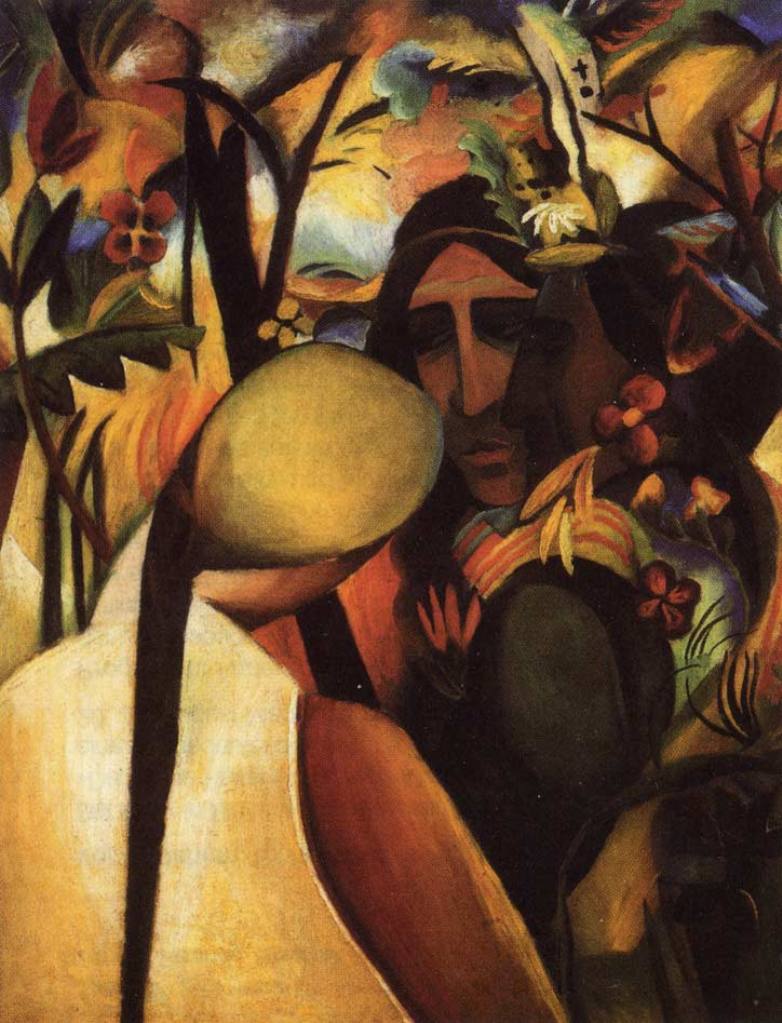Rhine Expressionists

Rhine Expressionists
The Rhine Expressionists were a distinctive group within the broader German Expressionist movement, known for their intense and emotive works. Originating in the early 20th century, this movement was part of a wave of Expressionism that swept across Germany in response to the angst and disillusionment of the time.
German Expressionism, characterized by its vivid colors, bold brushstrokes, and exaggerated, often distorted forms, sought to express the inner emotional experience rather than replicate external reality. This movement was deeply influenced by various art styles, including post-Impressionism, Fauvism, and Symbolism, integrating their elements to create a unique artistic expression.
The Rhine Expressionists, as part of this movement, contributed to its diversity, emphasizing personal expression and social critique. Their works often portrayed the increasingly despondent relationship between individuals and society amid the chaos of industrialization and the pre-World War I era. Prominent groups within the German Expressionist movement, such as Die Brücke and Der Blaue Reiter, shared studios and exhibited together, pushing the boundaries of traditional art to explore new forms of expression.
For collectors, auctioneers, and experts in art and antiques, the Rhine Expressionists offer a captivating glimpse into a pivotal period of art history, where artists boldly navigated the turbulent emotional landscape of their time.
To stay informed about new sales and auction events related to the Rhine Expressionists, signing up for updates can be beneficial. This service will keep you updated with the latest opportunities to explore and acquire significant works from this influential art movement.
| Country: | Europe, Germany |
|---|---|
| Start of the period: | 1912 |
| End of the period: | 1919 |